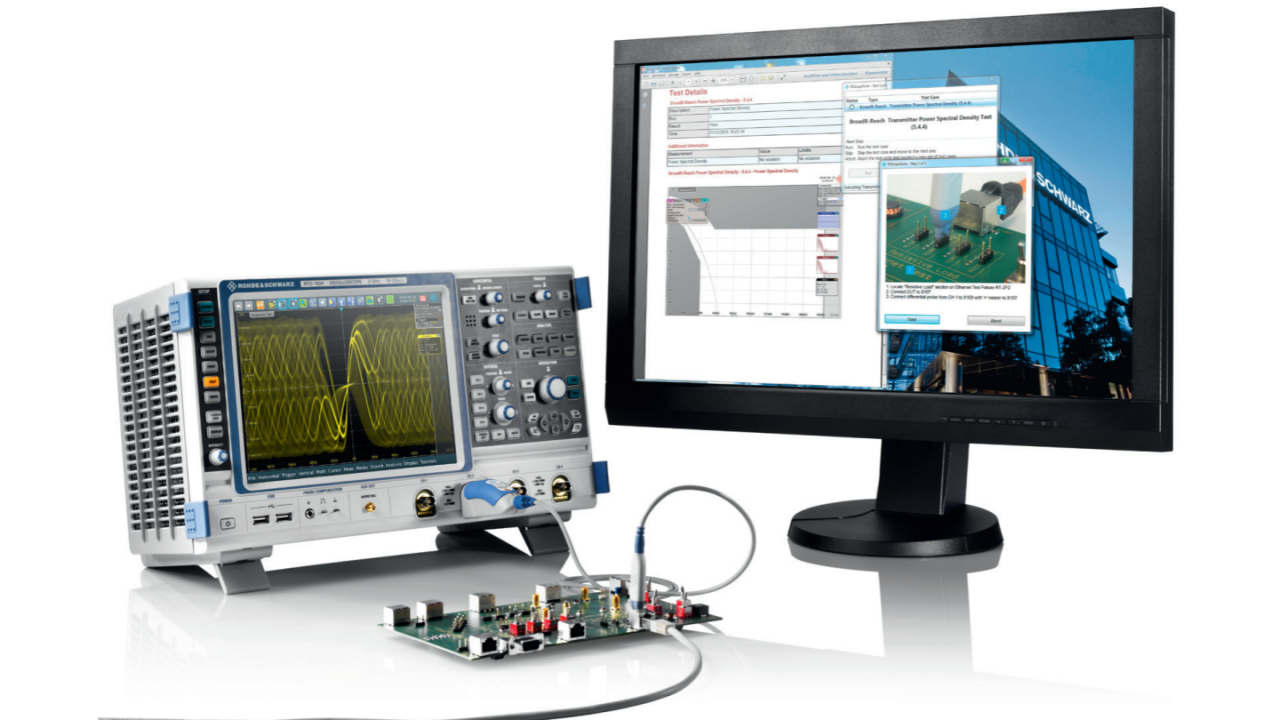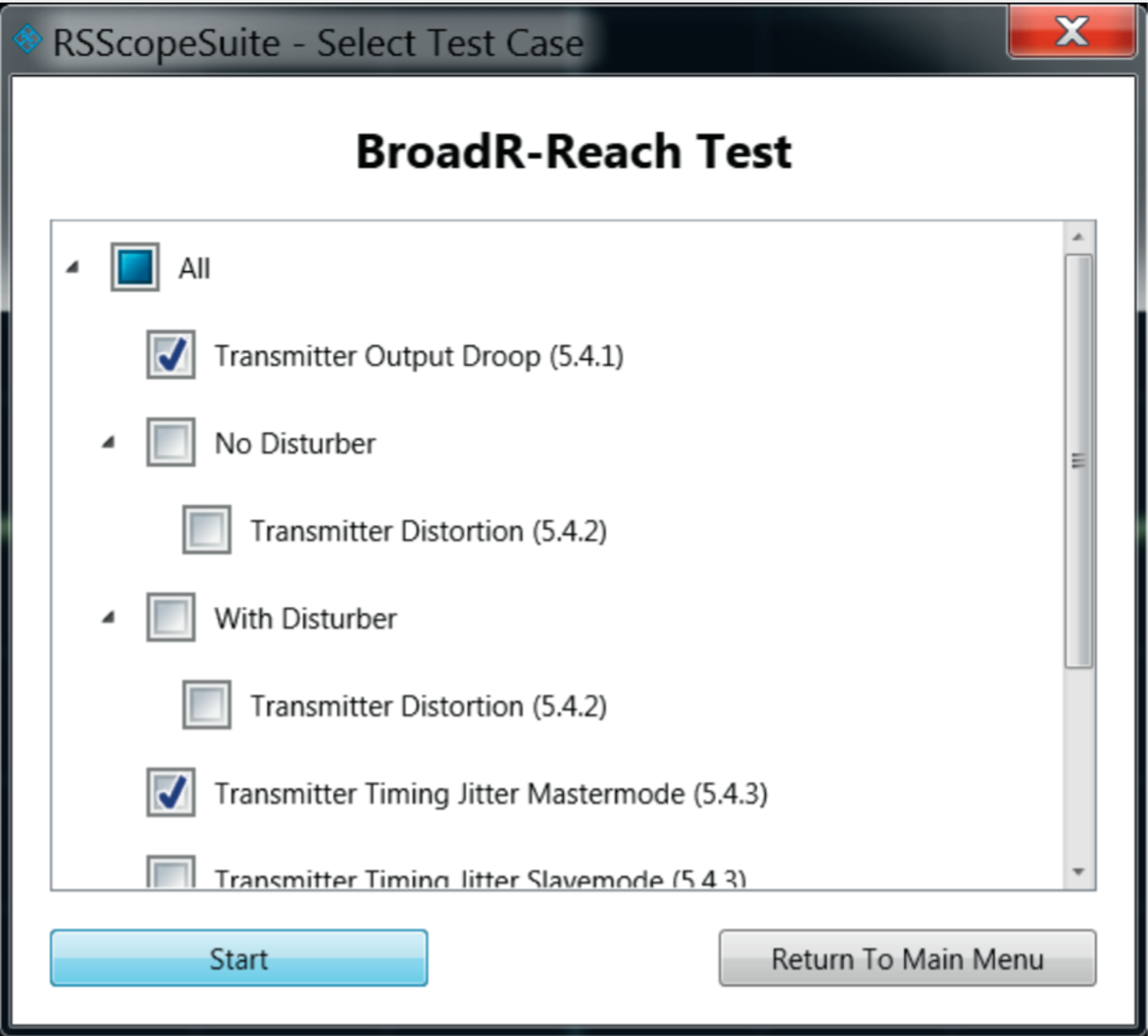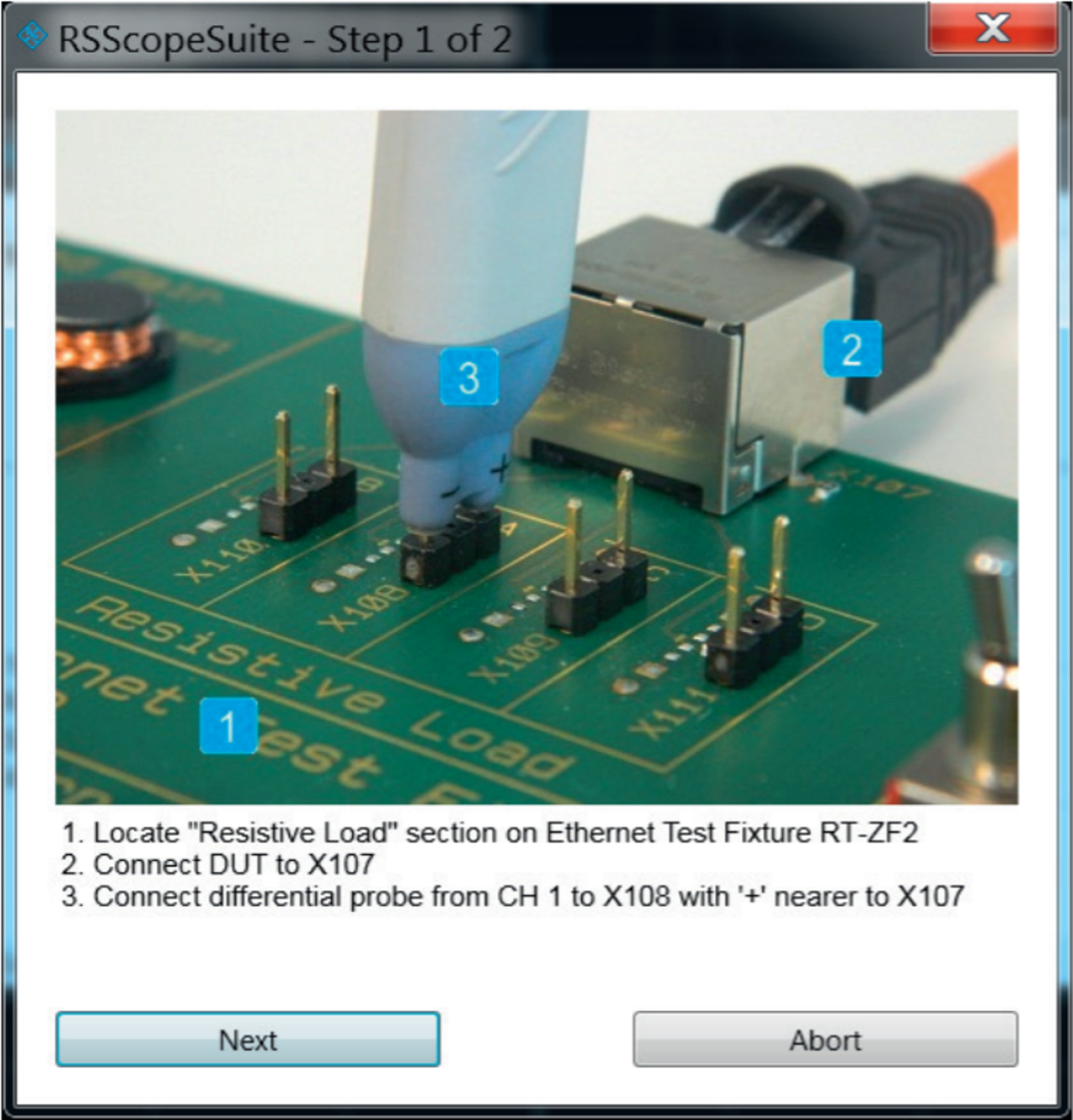Automotive Ethernet: Verifying BroadR-Reach® interfaces
Ethernet communications has been introduced in automotive networks to enable fast and cost efficient data communications, e.g. for the rearward camera or audio/video streaming. In the OPEN alliance (www.openSIG.org), the automotive industry has standardized the BroadR-Reach® physical layer as the automotive Ethernet communications standard. It will be part of the IEEE 802.3 standard. BroadR-Reach® uses full duplex twisted pair communications, enabling 100 Mbit/s data transfer. For interface verification the OPEN Alliance has specified a BroadR-Reach® conformance test with six test cases.












